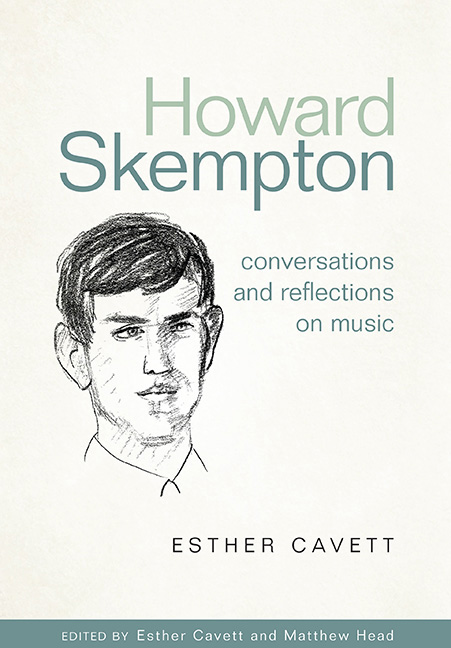Book contents
- Frontmatter
- Dedication
- Contents
- List of illustrations
- List of contributors
- Preface
- Roles and acknowledgements
- Introduction
- Editorial conventions
- Timeline
- Chapter One Histories
- Chapter Two Influences
- Chapter Three Pattern and shape
- Interval: Previously unpublished manuscripts
- Chapter Four Influencing
- Chapter Six Narrative and closure
- The story of the story
- After-image: A reflection on a reflection
- Appendix One Authorized worklist
- Appendix Two Discography of first commercially distributed recordings
- Select bibliography
- Index
The story of the story
from Chapter Six - Narrative and closure
Published online by Cambridge University Press: 10 September 2019
- Frontmatter
- Dedication
- Contents
- List of illustrations
- List of contributors
- Preface
- Roles and acknowledgements
- Introduction
- Editorial conventions
- Timeline
- Chapter One Histories
- Chapter Two Influences
- Chapter Three Pattern and shape
- Interval: Previously unpublished manuscripts
- Chapter Four Influencing
- Chapter Six Narrative and closure
- The story of the story
- After-image: A reflection on a reflection
- Appendix One Authorized worklist
- Appendix Two Discography of first commercially distributed recordings
- Select bibliography
- Index
Summary
If the Preface considered the idea that composers and their music are made meaningful by being written about, then it also acknowledged that each reader plays a part in this making. Furthermore, each reader – and I include myself in this – will necessarily make their own way through this text, make their own meaning. In these concluding pages, I try to stand outside that process, to look at some elements that went into creating this book, and to reflect on the kinds of meaning it has created. In other words, I tell “the story of the story” (to quote, amongst others, Eakin, 1990, p. 63) in order to illuminate Skempton's account of himself, his music, and our collaborative relationship.
THE RAW MATERIALS
As noted in the Preface, the transcripts of Conversations between Skempton and me are the raw material for Chapters One to Four, and were created from four days of interviews. We agreed in advance a general subject for each day. I then prepared a series of questions drawing on what I knew through listening to his music, reading about him and his creative circles, and studying interviews of other composers and different types of creative artists. Forty minutes into our first conversation, we abandoned the quirks of transcription software in favour of speaking into a microphone, much in the way that Brahms had introduced his Hungarian Dance phonograph recording more than a century earlier.
At the end of the first day I had six hours of discussions to transcribe from a sound file to written text and had to decide how to do it. Would I use Jefferson's codes (Jefferson, 2004) to capture every nuance and hesitation? Would I reflect every diversion from the planned discussion, including the 15 minutes when I broke off to answer the door to the postman, and would I footnote the moments when Skempton's voice was so indistinct that I had to guess at his words? I was aware that such details are absent from exchanges between Stravinsky and Craft (1959, 1960, 1962), Lutosławski and Nikolska (1994), Cage and Kostelanetz (1987), or more recently Ades and Service (2012).
- Type
- Chapter
- Information
- Howard Skempton: Conversations and Reflections on Music , pp. 187 - 200Publisher: Boydell & BrewerPrint publication year: 2019



